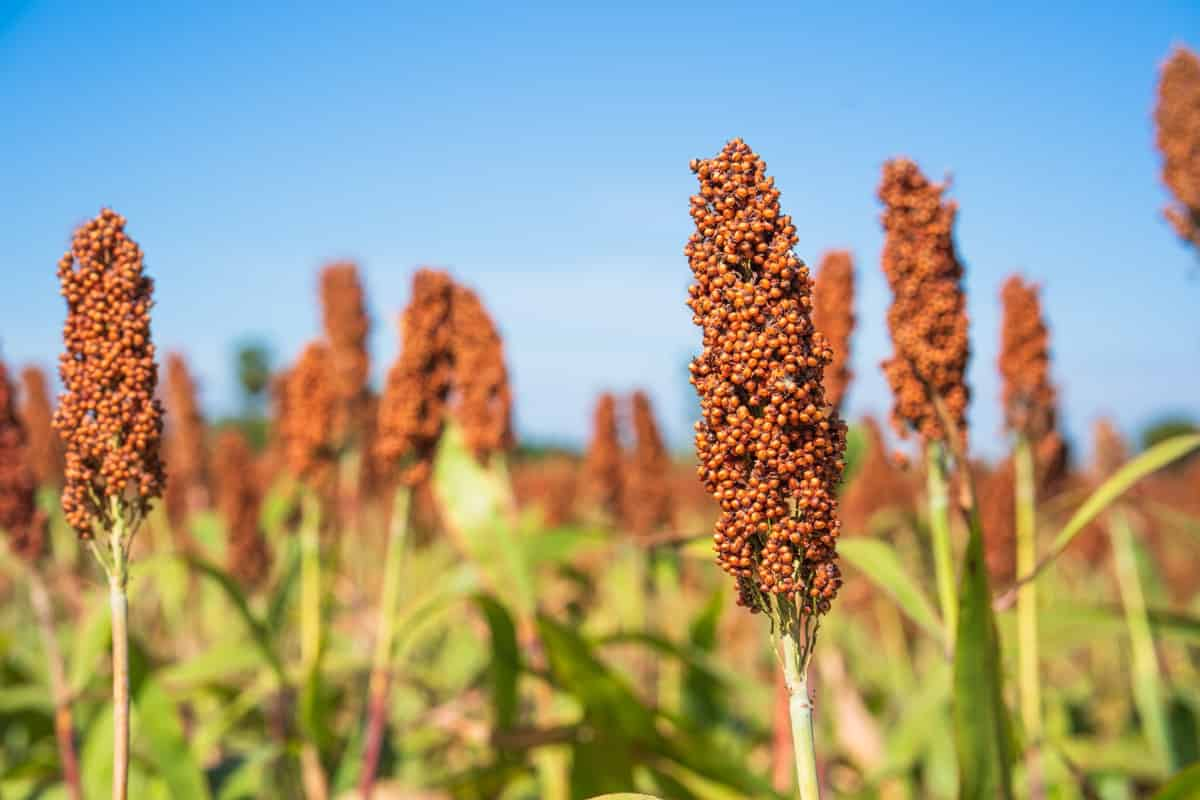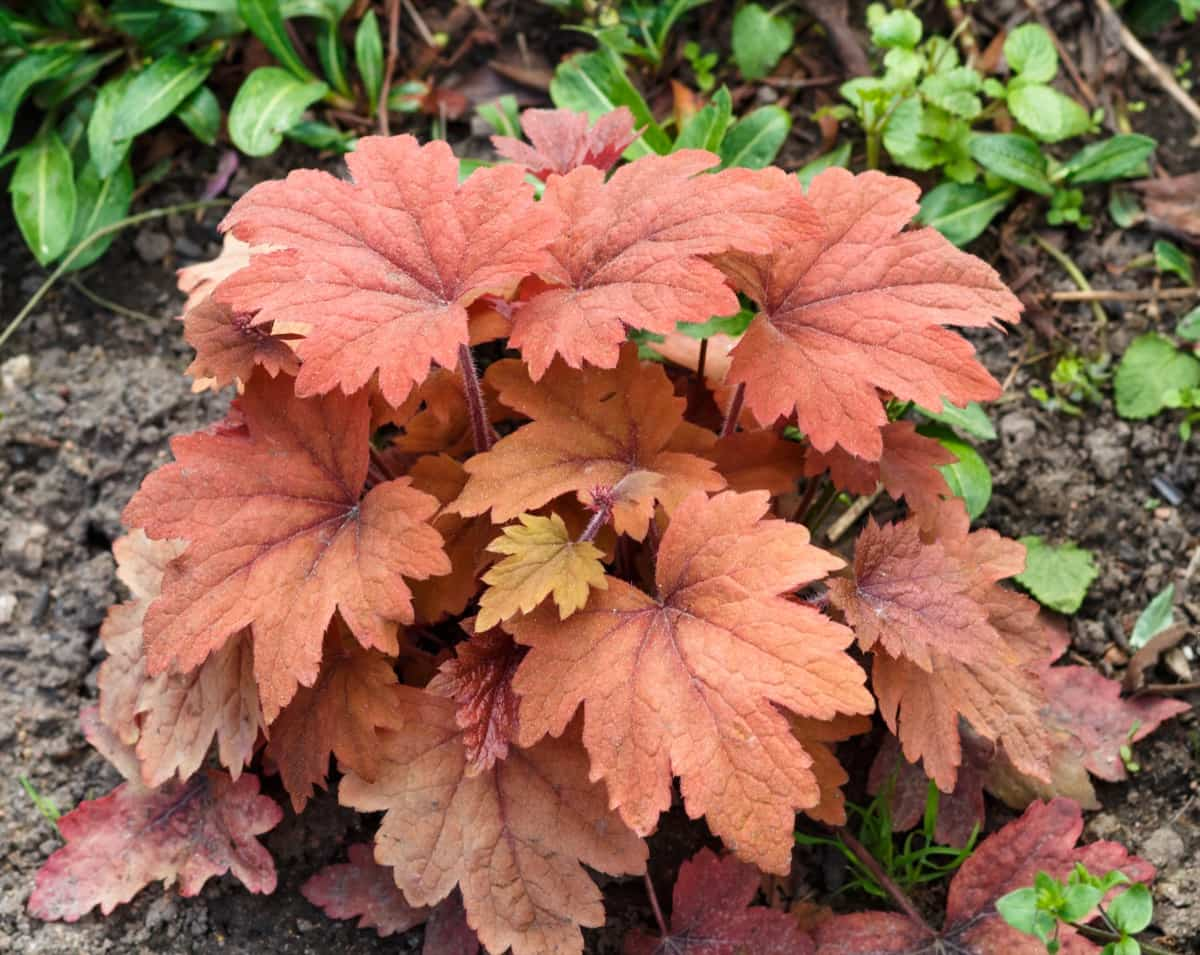Weed management in sorghum cultivation: control with chemicals, biologicals, mulching, herbicides and crop rotation
Welcome to our comprehensive guide to managing weeds in sorghum cultivation! As any farmer knows, weeds can quickly invade a sorghum field, compromising its health and yield. But don't be afraid. We have presented you with simple and effective strategies to combat these pesky intruders. With accurate data and expert advice, we'll guide you through the essential techniques, from pre-planting preparations to post-emergent weed control. Prepare to increase the potential of your sorghum crop and minimize weed interference.
 What is weed management in sorghum farming?
What is weed management in sorghum farming?
Weed management in sorghum refers to the systematic approach to controlling and preventing the growth of undesirable plants (weeds) in sorghum fields. Weeds compete with sorghum crops for essential resources such as water, nutrients and sunlight, hampering their growth and reducing yields.
Effective weed management techniques include both chemical and non-chemical methods. Pre-planting practices, such as proper soil preparation and reducing the weed seed bank, are key to controlling weed growth. Post-emergence herbicides and mechanical weeding can be used during the growing season, such as hoeing or hand weeding.
Integrated weed management in sorghumWeed competition is a major stressor in sorghum fields, and neglecting weed management can have a big impact on productivity. Weeds, taking advantage of the wider row spacing and slow initial growth of sorghum, can reduce yields by 15% to 97%, depending on the severity of the infestation. Early competition, especially from grassy weeds, is crucial for effective weed management.
Hand weeding and mechanical cultivation between rows have been the conventional approaches. Yet studies reveal that narrowing crop rows, increasing plant density, and choosing competitive cultivars can effectively suppress weed growth through crop competition. Herbicides are not commonly used, but pre-emergence herbicides provide early control during the rainy season when timely hand weeding or machine cultivation may be uncertain.
Integrated weed management combines agronomic practices, judicious use of herbicides and minimal manual weeding to control weeds. Like short-lived legumes, smother crops can be intercropped to replace pre-emergence herbicides or one-handed weeding. Under arid conditions, herbicide-tolerant sorghum cultivars provide weed control with non-selective herbicides.
Chemical weed control in sorghumChemical weed control in sorghum involves the use of various herbicides with different sites of action, times and possibly tillage practices. Atrazine is a fundamental component of most sorghum herbicide programs, providing broad-spectrum control of broadleaf and grassy weeds. When combined with acetamide-based herbicides, Atrazine becomes even more effective against a wider range of weeds.
To improve pigweed control, kochia, velvetleaf and cocklebur, mesotrione or saflufenacil can be added to the herbicide mix. In recent years, herbicide-tolerant sorghum has emerged through conventional breeding, allowing nicosulfuron to control post-emergence annual grasses. For complete weed management, a combination of pre-emergence and post-emergence herbicides is required.
In case you missed it: Growing Sorghum in the Philippines: A Step-by-Step Guide to Production

Welcome to our comprehensive guide to managing weeds in sorghum cultivation! As any farmer knows, weeds can quickly invade a sorghum field, compromising its health and yield. But don't be afraid. We have presented you with simple and effective strategies to combat these pesky intruders. With accurate data and expert advice, we'll guide you through the essential techniques, from pre-planting preparations to post-emergent weed control. Prepare to increase the potential of your sorghum crop and minimize weed interference.
 What is weed management in sorghum farming?
What is weed management in sorghum farming?
Weed management in sorghum refers to the systematic approach to controlling and preventing the growth of undesirable plants (weeds) in sorghum fields. Weeds compete with sorghum crops for essential resources such as water, nutrients and sunlight, hampering their growth and reducing yields.
Effective weed management techniques include both chemical and non-chemical methods. Pre-planting practices, such as proper soil preparation and reducing the weed seed bank, are key to controlling weed growth. Post-emergence herbicides and mechanical weeding can be used during the growing season, such as hoeing or hand weeding.
Integrated weed management in sorghumWeed competition is a major stressor in sorghum fields, and neglecting weed management can have a big impact on productivity. Weeds, taking advantage of the wider row spacing and slow initial growth of sorghum, can reduce yields by 15% to 97%, depending on the severity of the infestation. Early competition, especially from grassy weeds, is crucial for effective weed management.
Hand weeding and mechanical cultivation between rows have been the conventional approaches. Yet studies reveal that narrowing crop rows, increasing plant density, and choosing competitive cultivars can effectively suppress weed growth through crop competition. Herbicides are not commonly used, but pre-emergence herbicides provide early control during the rainy season when timely hand weeding or machine cultivation may be uncertain.
Integrated weed management combines agronomic practices, judicious use of herbicides and minimal manual weeding to control weeds. Like short-lived legumes, smother crops can be intercropped to replace pre-emergence herbicides or one-handed weeding. Under arid conditions, herbicide-tolerant sorghum cultivars provide weed control with non-selective herbicides.
Chemical weed control in sorghumChemical weed control in sorghum involves the use of various herbicides with different sites of action, times and possibly tillage practices. Atrazine is a fundamental component of most sorghum herbicide programs, providing broad-spectrum control of broadleaf and grassy weeds. When combined with acetamide-based herbicides, Atrazine becomes even more effective against a wider range of weeds.
To improve pigweed control, kochia, velvetleaf and cocklebur, mesotrione or saflufenacil can be added to the herbicide mix. In recent years, herbicide-tolerant sorghum has emerged through conventional breeding, allowing nicosulfuron to control post-emergence annual grasses. For complete weed management, a combination of pre-emergence and post-emergence herbicides is required.
In case you missed it: Growing Sorghum in the Philippines: A Step-by-Step Guide to Production
What's Your Reaction?














![Three of ID's top PR executives quit ad firm Powerhouse [EXCLUSIVE]](https://variety.com/wp-content/uploads/2023/02/ID-PR-Logo.jpg?#)







